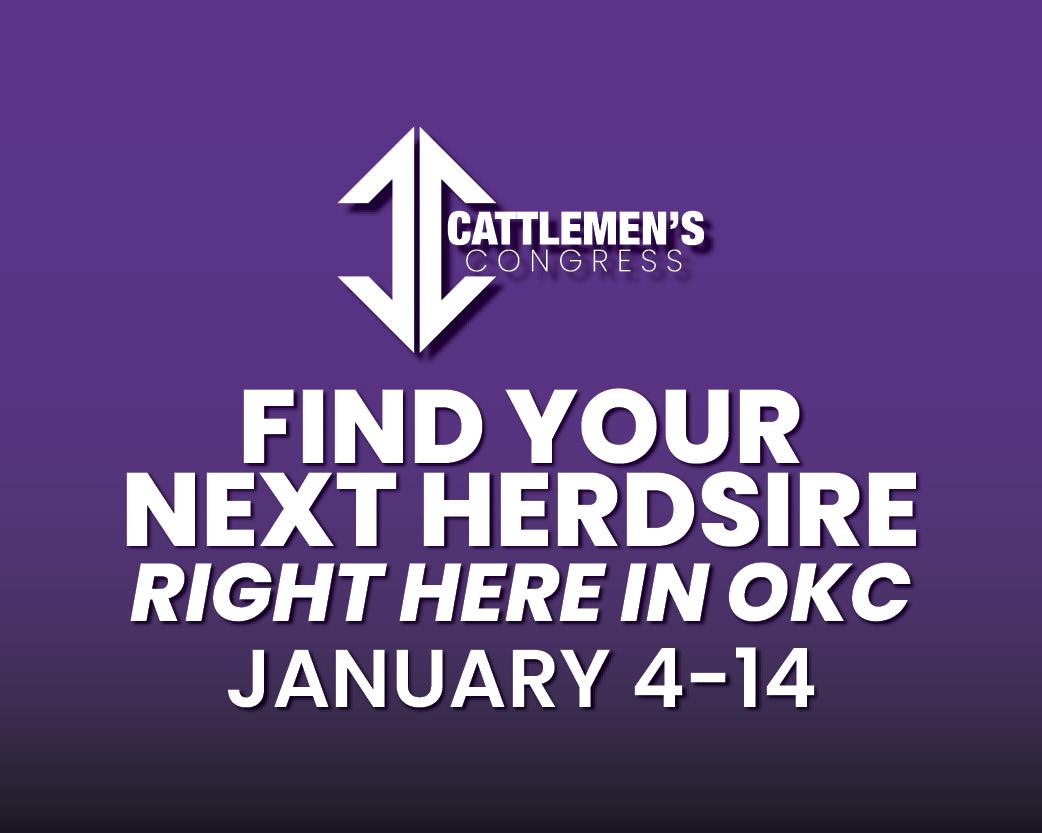
In today’s Beef Buzz, Senior Farm and Ranch Broadcaster Ron Hays was at the 580 Cattle Conference in northwestern Oklahoma, where Dr. Derrell Peel, livestock market economist, discussed how the cattle industry has been using various strategies—or “tricks”—to stretch limited cattle supplies, particularly at the feedlot level. “It makes sense for them to do that. It’s obviously what their incentives are, to try to keep the feedlots as full as possible and utilize those facilities well,” Peel explained. However, he cautioned that these strategies, like extending days on feed and feeding more heifers, may have obscured how tight supplies have actually become. “There’s only so far you can go with those,” he said.
One significant impact of these strategies has been larger carcasses. “We’ve extended the days on feed, so the carcasses jumped sharply in 2024—they’re still higher yet in 2025 above the trend line,” Peel noted. While this increases total pounds for feedlots and packers, much of that gain is fat, not necessarily more meat. “It does enhance grading percentage slightly. So it’s a mixed bag of effects,” he added. But again, he warned that the industry is now reaching the limits of these tactics.
These larger, fatter carcasses are indirectly helping meet demand for ground beef, especially when paired with lean trimmings from imported beef. “That’s how we end up with a lot of hamburger that we’ve got consumers wanting,” said Peel. With cow slaughter down, “we are relying to a much bigger extent on those imported beef trimmings.” This introduces more uncertainty due to trade policies, tariffs, and international relations. Peel emphasized, “They do get used, but they’re not necessarily exactly what we’re looking for when we make those cattle bigger.”
The role of imports—especially from places like Brazil—remains controversial among U.S. cattle producers. “It’s been a long-term education process,” Peel acknowledged. He said the most common question he’s fielded is, “Why do we need to import any beef?” His answer: domestic beef products don’t exactly match what consumers demand. “If we can import trimmings and processing beef from other places, that allows us to produce the ground beef and service that market,” without having to grind up higher-value cuts.
Ground beef continues to dominate U.S. beef consumption. “Ground beef represents between 40 and 50% of our total beef consumption in this country,” Peel explained, highlighting its critical role in maintaining competitiveness with other proteins like poultry. “It really comes down to what we do in fast food markets,” he added. Ground beef is a staple both at restaurants and in home kitchens. “A lot of households, you know, have ground beef—if they have nothing else,” Peel said. “They may not know what they’re going to do with it at 4:30 in the afternoon, but that winds up being one of many different products that constitute the evening meal.”
The Beef Buzz is a regular feature heard on radio stations around the region on the Radio Oklahoma Ag Network and is a regular audio feature found on this website as well. Click on the LISTEN BAR for today’s show and check out our archives for older Beef Buzz shows covering the gamut of the beef cattle industry today.


















